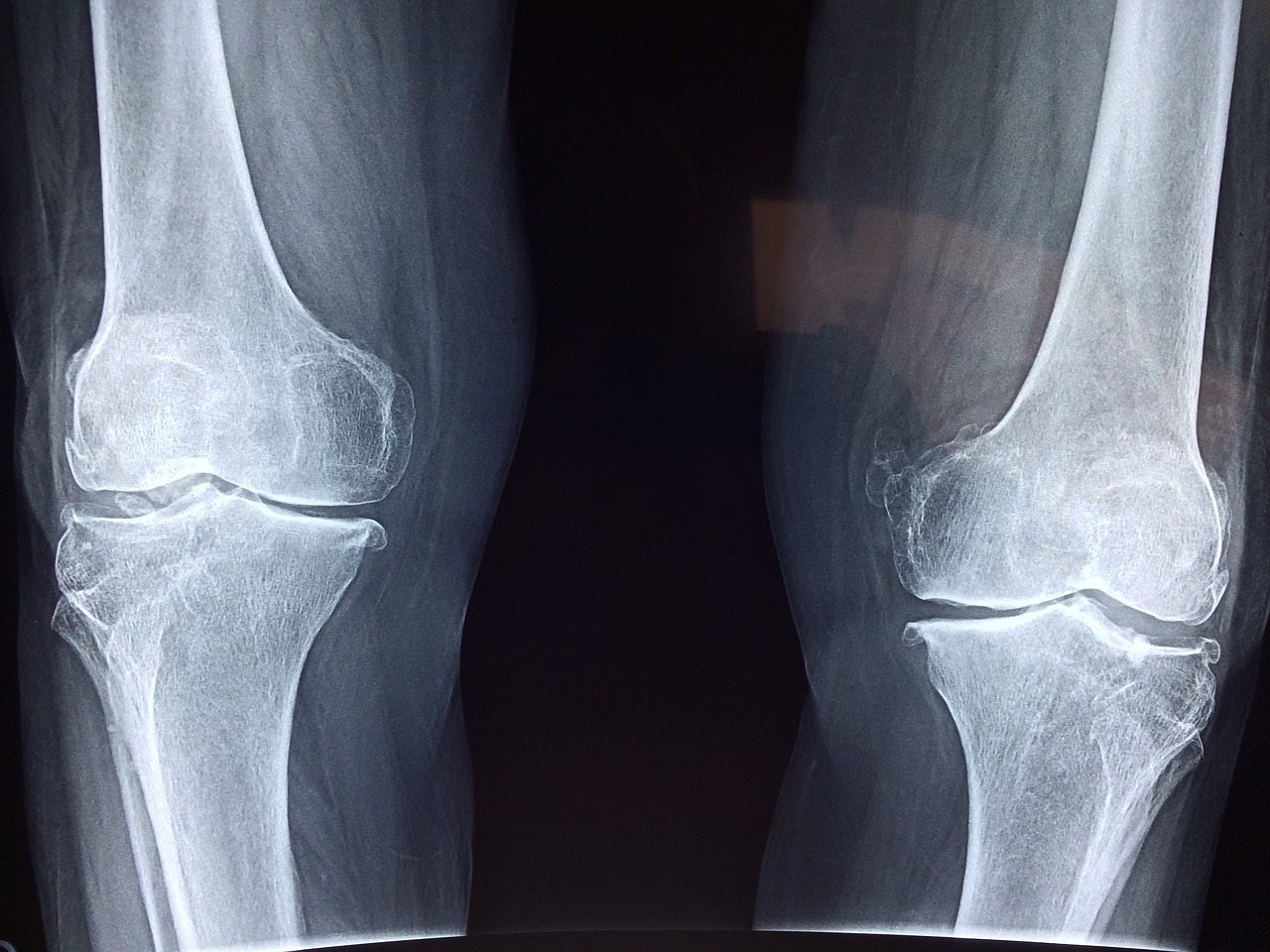Article Title:Short history of experimentation in solid mechanics
Abstract:
This short history of experiments in Solid Mechanics is written especially for my good friend Giulio Maier 'Dilecte Julius Magister praeclare tibi gratias agimus atque continuas magnas contributiones tuas mechanicae scientiae advocamus ad multos annos'. This is the reason why it is written in French, so beautifully spoken by him. It is divided into four parts. (1) Before the 16th century where no real methodology for experiments exists, the nice buildings which still remain are the result of previous successes and defeats. (2) From the 16th to the 19th centuries this is the birth and development of theoretical and experimental tools of the strength of materials. From Leonardo da Vinci to J. Baushinger or Wohler, the concepts of stresses and strains are formulated and machines are invented to measure the mechanical characteristics of materials. (3) The 20th century where ultimate properties of materials such as plasticity, fracture, and damage are studied and used for safety purposes. (4) The end of the 20th century and the 21th (! ! !) is the time of numerical modelling which needs experiments at the microscale to take into consideration the real phenomena and at the macroscale to check the health of structures during their service.
Keywords: experiments; history; solid mechanics
DOI: 10.1023/A:1011977806453
Source:MECCANICA
Welcome to correct the error, please contact email: humanisticspider@gmail.com



